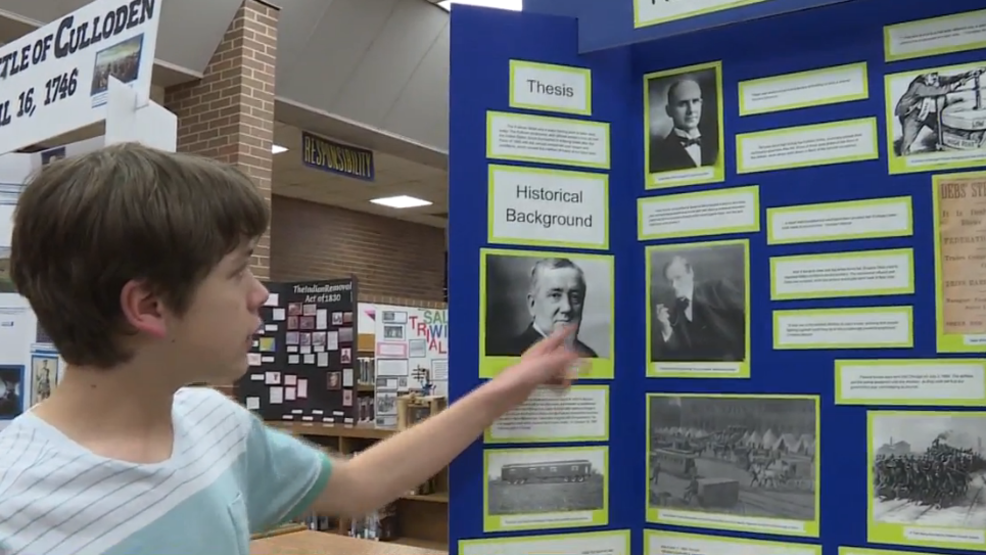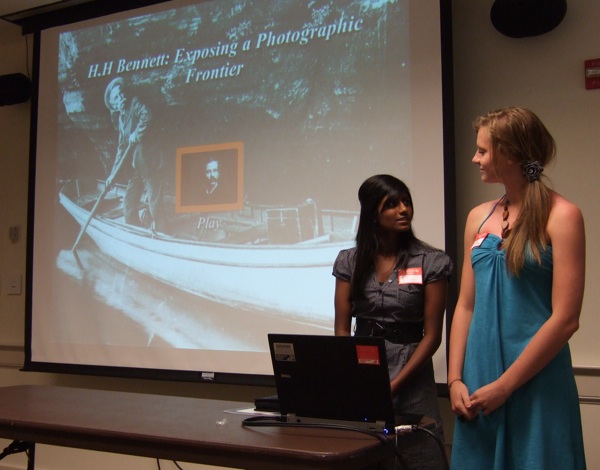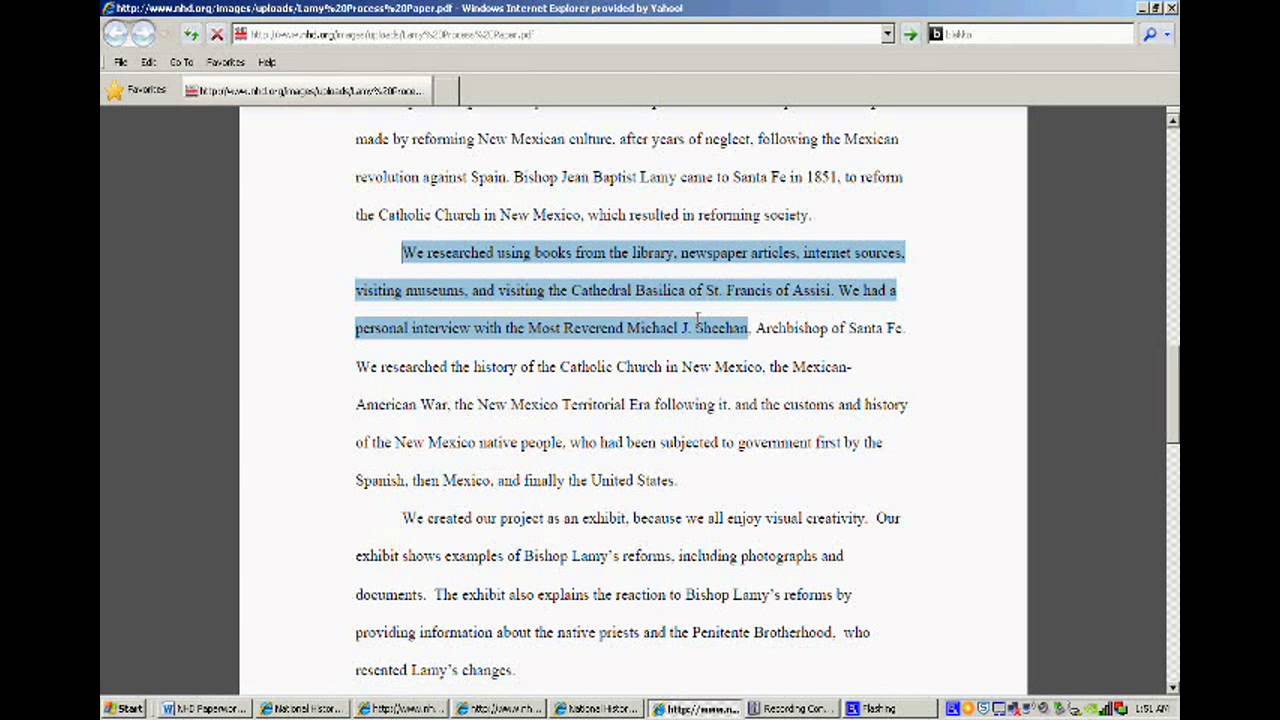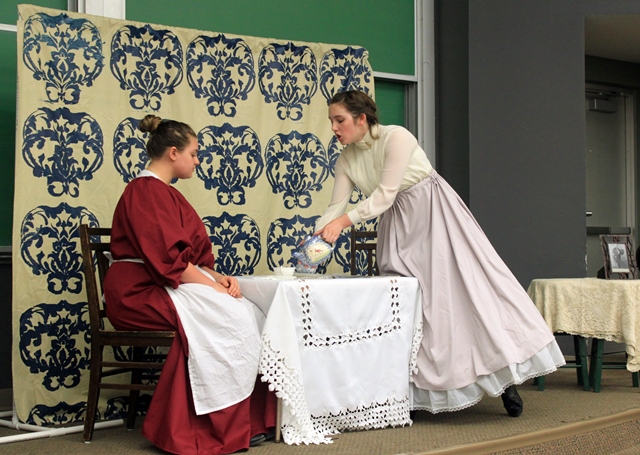III. Building Your Project

Planning Reminder: Final projects are due [TBA]
Required with All NHD Entries:
- Official Project Entry (Exhibit, Website, Documentary, Paper, Performance)
- The Process Paper: (Includes a Title Page, Process Paper, & Annotated Bibliography)
Type of Categories:
- Documentary **For the film fanatic student
- Exhibit **For the artistic student
- Paper **For the literary student
- Performance **For the dramatic student
- Website **For the tech savvy student
Individual Category Infographics
![]() Honors-level students project requirements
Honors-level students project requirements
![]() Academic-level students project requirements
Academic-level students project requirements
![]() The 2019 Project Student Development Guide
The 2019 Project Student Development Guide
![]() Use the NHD Student Rough Draft Project Template for designing a rough draft of your project.
Use the NHD Student Rough Draft Project Template for designing a rough draft of your project.
- This template can be used by ALL students to build and design a rough draft of an NHD Exhibit, Website, or Documentary.
- Import images, video, and create text. Arrange your information in ways that best suites your project.
- A Helpful Resource: Thesis Creator
Creating a WEBSITE?
- The website category is the most interactive of all NHD categories. A website should reflect your ability to use website design software and computer technology to communicate your topic’s significance in history. Your historical website should be a collection of web pages, interconnected by hyperlinks, that presents both primary and secondary sources and your historical analysis. To engage and inform viewers, your website should incorporate interactive multimedia, text, non-textual descriptions (e.g., photographs, maps, music, etc.), and interpretations of sources.
- How to set up your NHD Website using an NHD Weebly account
Creating an EXHIBIT? 
- Design a traditional exhibit board to display your project. An exhibit is a visual representation of your research and interpretation of your topic’s significance in history. The analysis and interpretation of your topic must be clear and evident to the viewer. Labels and captions should be used creatively with visual images and objects to enhance the message of your exhibit.
- Prepare the script. Writing your titles, text, and labels is often referred to as writing the script. Like all good writing, your exhibit script needs to be grammatically correct, use good sentence structure, make wise word choices, and contain no spelling errors. You should expect to write several drafts. Exhibit labels are brief, so they need to be clear and concise.
-
How is a Exhibit Different from Other Categories? The exhibit category is three dimensional and is displayed on a physical structure. Exhibits use color, images, documents, objects, graphics, and design, as well as words, to tell your story. Exhibits can be interactive experiences by asking viewers to play music, look at a video, or open a door or window to see more documents or photos.
**Note: Exhibit boards can be purchased in the EWMS Bookstore for $6, or at other retailers such as Michael’s.
Creating a DOCUMENTARY? 
- A documentary should reflect your ability to use audiovisual equipment to communicate your topic’s significance. The documentary category will help you develop skills in using photographs, film, video, audio, computers, and graphic presentations. Your presentation should include primary source materials and also must be an original production.
-
Creating a documentary is different from other categories because of the technology necessary. Before deciding to create a documentary, you should ask yourself the following questions:
- Am I interested in using computers, cameras, and other technologies?
- Can I conduct and record interviews (for the purpose of including film clips in the documentary)?
- Can I find film clips to use in my documentary?
- Are there enough still photographs related to my topic available that I can use in my documentary?
- Do I have access to equipment that will be needed to make a documentary?
- Is creating a documentary the best way to show off my topic?
Creating a HISTORICAL PAPER? 
- A paper is the traditional form of presenting historical research. Various types of creative writing (for example, fictional diaries, poems, etc.) are permitted, but must conform to all general and category rules. Your paper should be grammatically correct and well written.
- A paper is a highly personal and individual effort, and if you prefer to work alone this may be the category for you. Papers depend almost entirely on words to tell the story, and you can usually include more information in a paper than in some of the other categories. The paper category does not require a process paper to be submitted with the project.
Designing a PERFORMANCE? 

- A performance is a dramatic portrayal of your topic’s significance in history and must be an original production. It should be scripted based on research of your chosen topic and should have dramatic appeal, but not at the expense of historical information.
- The performance category is the only one that is presented live. Developing a strong narrative that allows your subject to unfold in a dramatic and visually interesting way is important. Memorizing, rehearsing, and refining your script is essential, so you should schedule time for this in addition to research, writing, costuming and prop gathering.
Source: https://www.nhd.org//categories
Ask yourself: “Do I have everything I need?”
Be sure to check with your teacher to review Rules Verification Checklist and Evaluation Form for your category!
